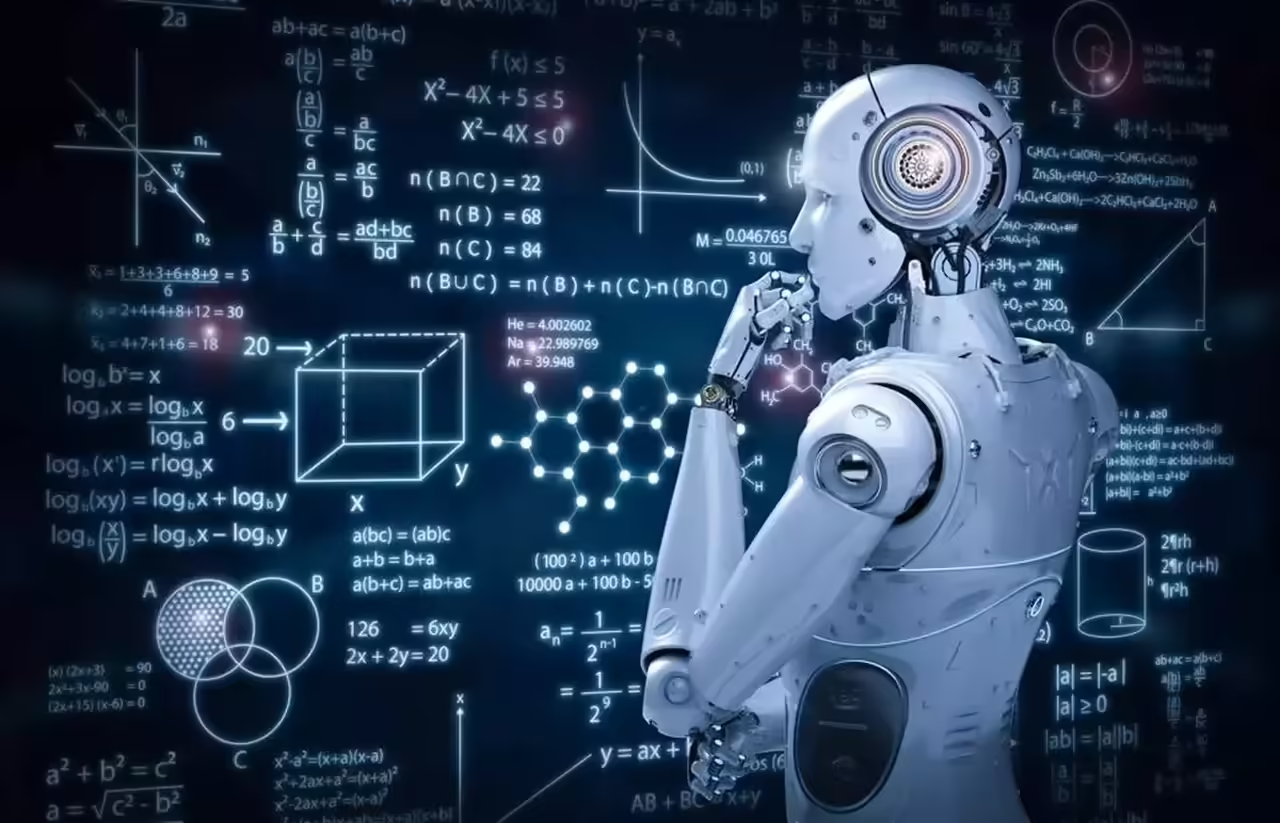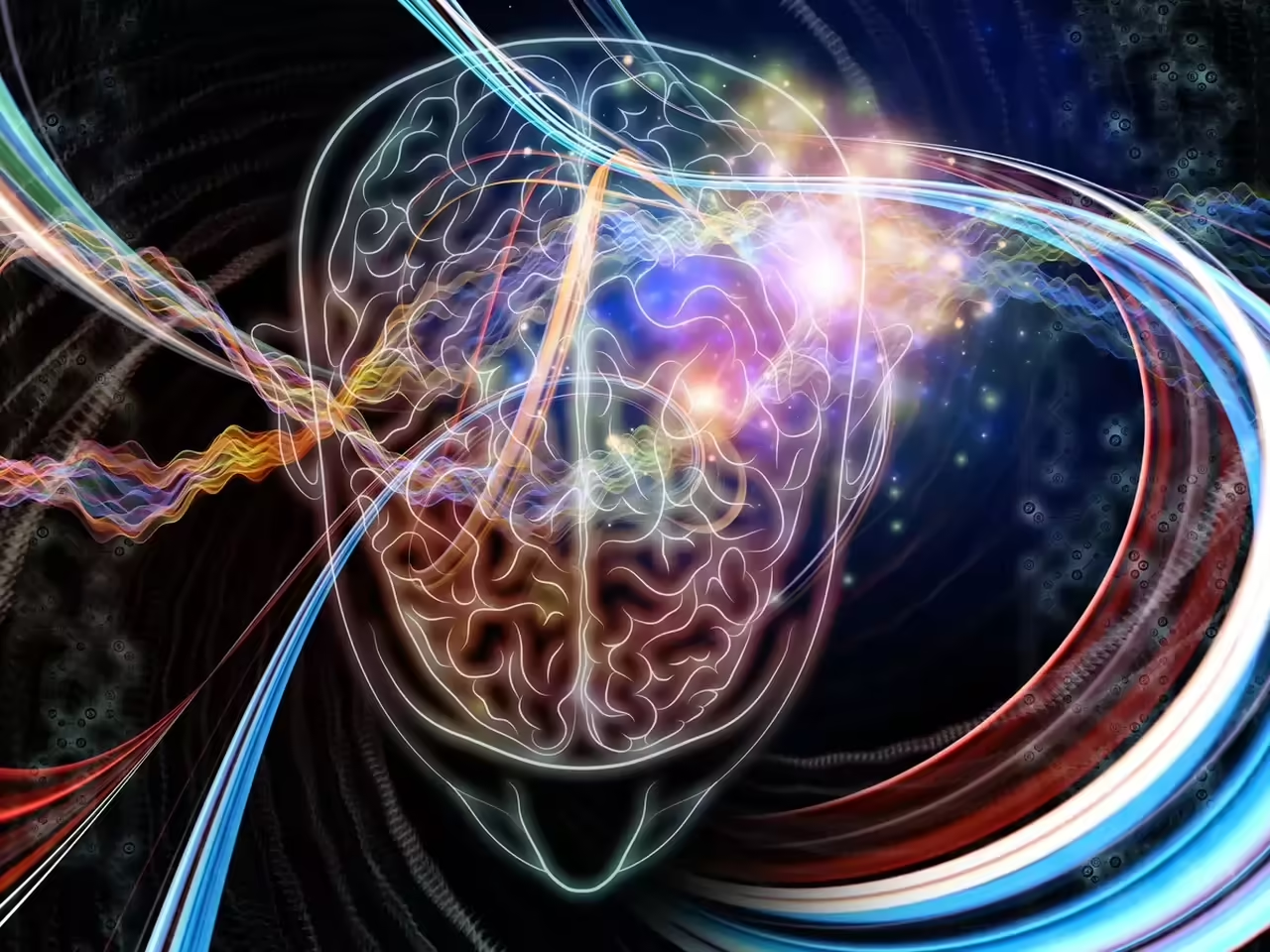
Machine Learning is a field of study in artificial intelligence that allows machines to learn and improve automatically from data, without the need for explicit programming. This discipline has experienced exponential growth in recent years and has found applications in a wide range of industries. In this article, we will explore the basic concepts of Machine Learning and examine some of its most common applications.
Machine Learning Basics
Data: Machine Learning is based on the analysis of data. These can be structured, such as tables and databases, or unstructured, such as text, images or videos. Data is used to train Machine Learning models and provides the basis for making decisions or predictions.
Algorithms: Machine Learning algorithms are the processes that allow machines to learn from data. These algorithms are divided into two main categories: supervised and unsupervised learning. In supervised learning, labeled data (data with known responses) is provided to the model so that it can learn to make predictions. In unsupervised learning, the model must find patterns or structures in the unlabeled data.
Models: Machine Learning models are mathematical or statistical representations that are built from data and algorithms. These models are able to make predictions or classify new data based on what they have learned during training. Models can be simple, such as a linear regression, or complex, such as a deep neural network.
Training and evaluation: Training is the process in which the model’s parameters are adjusted so that it can learn from the data. During this process, the model is exposed to training data and its predictions are compared to known responses. Evaluation is used to measure the accuracy and performance of the model using test or validation data that was not used during training.
Machine Learning Applications
Speech recognition and natural language processing: Machine Learning has significantly improved the accuracy of speech recognition systems, leading to the development of virtual assistants such as Siri, Alexa and Google Assistant. In addition, natural language processing uses Machine Learning algorithms to automatically understand and generate text, enabling machine translation, sentiment analysis and summary generation, among other applications.
Fraud detection and cyber security: Machine Learning techniques are used to detect patterns and anomalies in large volumes of data, which is useful in detecting fraud in financial transactions and suspicious activities in the cyber security domain. Machine Learning models can learn from past patterns and detect anomalous behavior that could indicate fraudulent or malicious activity.
Recommendation and personalization: Many online platforms and services use Machine Learning algorithms to provide personalized recommendations to users. These algorithms analyze user behavior, such as preferences, purchase history or past interactions, and use that information to provide relevant suggestions. This is applied in music and video streaming platforms, e-commerce sites, social networks and more.
Medicine and medical diagnostics: Machine Learning has found wide application in the medical field. Algorithms can analyze large amounts of medical data, such as patient records, MRI images and lab test results, to aid in diagnosis and clinical decision-making. In addition, Machine Learning models can predict the likelihood of disease, identify patterns in genetic data and personalize treatments.
Process optimization and forecasting: Machine Learning techniques are also used to optimize business processes and predict future results. For example, in the supply chain field, Machine Learning algorithms can analyze historical data to predict demand and optimize inventory levels. Furthermore, in finance, Machine Learning is used to predict market trends, financial risks and stock prices.
These are just a few of the many applications of Machine Learning in different industries. As the technology continues to advance, we are likely to see even more innovative and exciting applications in the future.
The Machine Learning Process: From Data Collection to Model Implementation
The machine learning process, also known as Machine Learning, involves several stages from data collection to model implementation. Below is an overview of the main stages involved in this process.
Data collection and preparation: The first step in the machine learning process is to collect the data relevant to the problem to be solved. This data can come from various sources, such as databases, CSV files, event logs, sensors, web pages, among others. Once collected, the data must be prepared and cleaned to remove outliers, missing or noisy data, and to ensure that it is in a format suitable for further processing.
Data exploration and visualization: Before building a machine learning model, it is critical to understand the data through exploration and visualization. This involves analyzing descriptive statistics, identifying correlations, distributions and patterns in the data. Visualizations, such as graphs and charts, can help to better understand the structure and characteristics of the data.
Feature selection: In many cases, data may contain a large number of features or variables. Feature selection is a process of choosing the most relevant or informative features for the problem at hand. This may involve the use of statistical techniques or specific algorithms to identify the most important features and discard redundant or irrelevant ones. The goal is to reduce dimensionality and improve model efficiency and performance.
Choice of algorithm and model training: Once the data are prepared and the features are selected, the appropriate machine learning algorithm for the problem at hand is selected. There are several types of algorithms, such as linear regression, decision trees, support vector machines, neural networks, among others. Each algorithm has its own characteristics and assumptions, so it is important to choose the most appropriate one according to the type of data and the objectives of the problem. The model is trained using the training data, adjusting the algorithm parameters to minimize the error and maximize the accuracy or performance of the model.
Model evaluation: Once the model is trained, its performance is evaluated using test or validation data that were not used during training. This helps to estimate the generalizability of the model, i.e., its ability to make accurate predictions on new data. Evaluation metrics, such as accuracy, recall, F1-score, confusion matrix, ROC curves, among others, are used to measure and compare model performance.
Model adjustment and optimization: If model performance is not satisfactory, adjustments and optimizations can be made. This may include the selection of different hyperparameters of the algorithm, such as the learning rate, the depth of the decision tree, the number of layers in a neural network, among others. The application of regularization techniques to avoid overfitting or the search for optimal combinations of features can also be considered. These adjustments are performed iteratively, evaluating the model performance after each adjustment, until a satisfactory model is obtained.
Model implementation and deployment: Once the model has been trained and evaluated, it can be deployed in a production environment. This involves integrating the model into an existing application or system, which may require the configuration of application programming interfaces (APIs) or web services to enable communication with the model. It is also important to perform extensive testing to ensure that the model works correctly and meets performance requirements in the production environment.
Ongoing monitoring and maintenance: Once the model is in production, it is essential to perform ongoing monitoring to evaluate its performance and ensure that it remains effective. This involves tracking relevant metrics, detecting changes in input data or usage patterns, and making adjustments or updates as needed. Regular maintenance of the model is important to ensure its accuracy and relevance over time, especially if underlying data or conditions change.
Neural Networks and Deep Learning: Architectures, Training and Applications
Neural networks and Deep Learning are key concepts in the field of Machine Learning and have driven significant advances in several applications. In this article, we will explore neural network architectures, the training process and some of the most prominent applications of Deep Learning.
Neural network architectures
Neural networks are inspired by the structure and functioning of the human brain. They consist of an interconnected collection of units called artificial neurons or nodes, organized in layers. The layers are divided into three main types:
Input layer: this is the layer that receives input data and transmits it to the network. Each node in this layer represents a characteristic or attribute of the data.
Hidden layers: These layers are located between the input layer and the output layer. They are responsible for performing complex calculations and transformations on the input data. The more hidden layers a network has, the deeper it is and the more it is considered as a deep neural network (Deep Learning).
Output layer: This is the final layer of the network that produces the results or predictions based on the calculations performed in the previous layers. Depending on the type of problem, the output layer can have a single node or multiple nodes.
Neural network training
Training a neural network involves adjusting the weights and biases of the connections between neurons so that the network can learn to make accurate predictions. This is achieved using a process called backpropagation. In short, backpropagation calculates the error gradient and uses it to update the weights of the network connections using optimization algorithms, such as stochastic gradient descent.
The training of a neural network is usually performed on a labeled training data set, where the desired outputs are known. During training, the network adjusts its weights and biases to minimize the difference between the predicted outputs and the desired outputs. This process is iteratively repeated until the network reaches a satisfactory level of accuracy on the training data.
Applications of Deep Learning
Deep Learning, which is based on deep neural networks, has proven to be especially effective in applications involving large amounts of complex data, such as:
Computer Vision: Deep Learning has revolutionized computer vision, enabling object recognition, face detection, image segmentation, automatic labeling, and more. It has driven the development of technologies such as autonomous vehicles, surveillance systems and facial recognition.
Natural Language Processing: Natural Language Processing (NLP) uses Deep Learning techniques to understand and generate text automatically. This has led to advances in machine translation, text generation, chatbots and sentiment analysis.
Speech recognition: Deep neural networks have significantly improved the accuracy and efficiency of speech recognition. Deep Learning-based speech recognition applications are used in virtual assistants, automatic transcription systems, dictation systems and more.
Medicine: Deep Learning has found applications in the medical field, from diagnosing diseases to detecting anomalies in medical images. Deep Learning algorithms can analyze large medical data sets, such as MRI images, CT scans, electrocardiograms and patient records, to assist physicians in the early detection and accurate diagnosis of diseases.
Finance: Deep Learning is used in financial applications for data analysis and prediction. It can help in fraud detection, risk analysis, stock price prediction and investment portfolio optimization.
Automotive industry: In the automotive industry, Deep Learning is applied in autonomous driving systems for obstacle detection, traffic sign interpretation, pedestrian recognition and real-time decision making.
These are just a few of the many applications of Deep Learning in different fields. As the technology continues to advance, we are likely to see even more innovative applications that leverage the capabilities of deep neural networks to solve complex problems and improve our daily lives.







